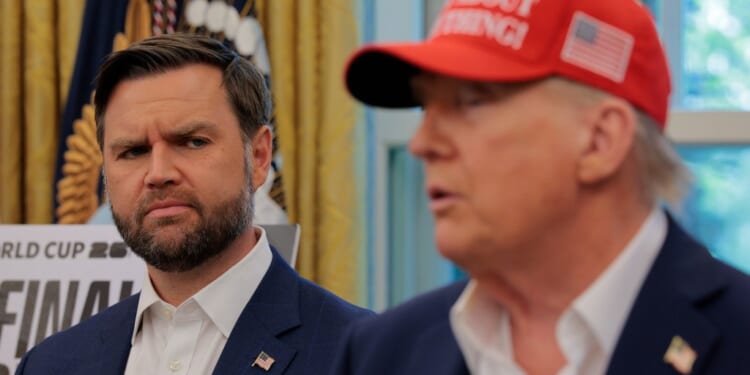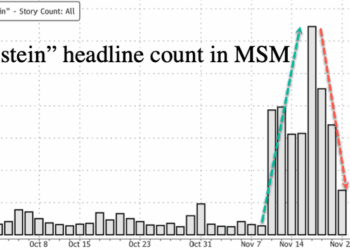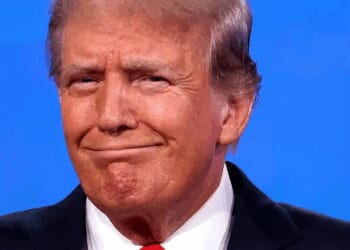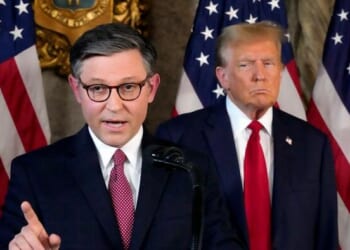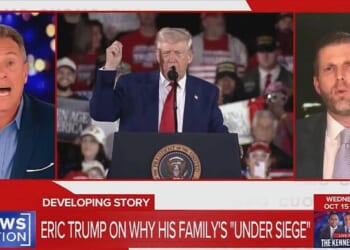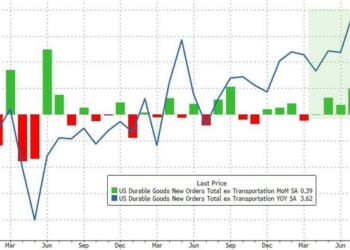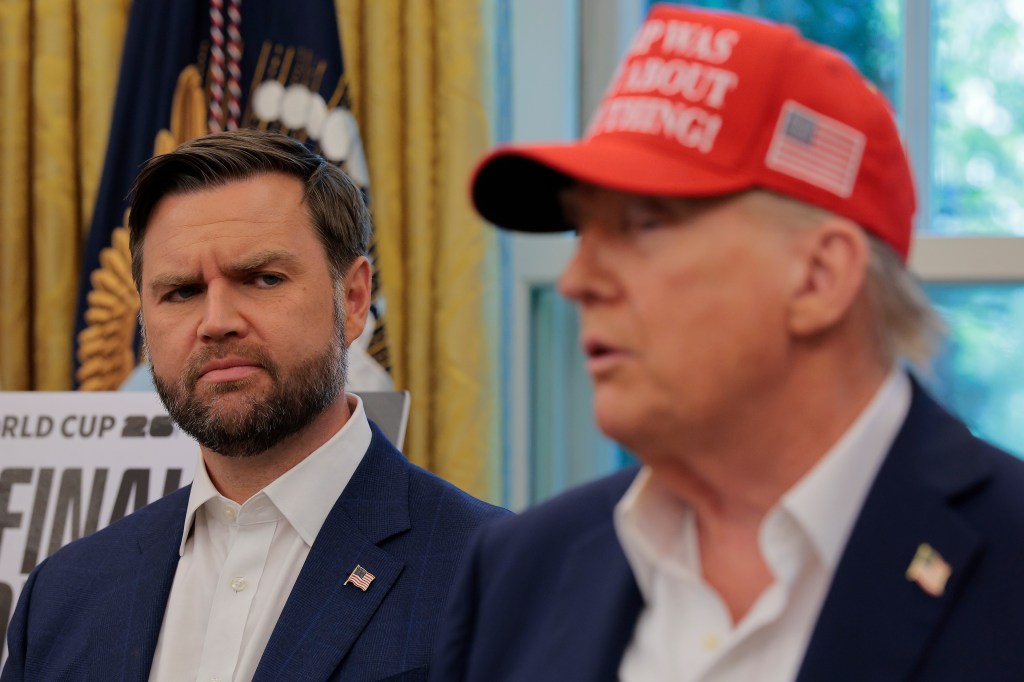
We’re less than a month away from the only two big elections in this off-year cycle—and the top two Republican politicians in the country are nowhere to be seen in either New Jersey or Virginia.
Actually, that’s not entirely true. President Donald Trump was in the Old Dominion just this weekend, speaking at an event Sunday in Norfolk to celebrate the 250th anniversary of the U.S. Navy. But despite the fact that the Republican nominee, Lt. Gov. Winsome Earle-Sears, is in an uphill battle to keep the governorship in GOP hands, Trump never mentioned her name.
This wasn’t because the president was assiduously keeping partisan politics out of his speech. He went after two former presidents, Barack Obama and Joe Biden, along with Illinois Gov. J.B. Pritzker. “This is sort of a rally,” Trump told the crowd at what was supposed to be the kickoff for several weeks of events celebrating the Navy’s semiquincentennial. “Let’s face it. This is a rally.”
But what about a rally for Earle-Sears? If there are plans for either Trump or Vice President J.D. Vance to make an appearance onstage with the GOP nominee, neither her campaign nor the White House are saying so. Trump has not endorsed Earle-Sears, who chaired a group called Black Americans to Re-Elect the President in 2020. (In 2022, during her first year as lieutenant governor, she said she couldn’t support Trump for president in 2024, a position she later abandoned.)
In New Jersey, Republican gubernatorial nominee Jack Ciattarelli has at least received Trump’s official endorsement, via an over-the-top Truth Social post back in May followed by a “tele-rally” for Ciattarelli in June. But since the June 10 primary, Trump has not campaigned (in person or virtually) for Ciattarelli. The Ciattarelli campaign has declined to comment about any possible future appearances from any surrogates. And when I asked the White House if Trump or Vance had plans to appear in New Jersey to campaign for Ciattarelli, I received an automatic response from the press office citing the “Democrat Shutdown” for causing delays in answering media queries.
But if anyone could use a jump start, it’s Earle-Sears, whose lackluster campaign to succeed incumbent Republican Gov. Glenn Youngkin is skidding toward Election Day. Her Democratic opponent, former Rep. Abigail Spanberger, enjoys a healthy 8-point lead in the average of polls in a state where Kamala Harris beat Trump by just over 5 points.
It’s telling that most of the energy among Republicans nationally has been recently directed downballot at the Virginia attorney general’s race, where their incumbent Jason Miyares is trying to win reelection. His Democratic opponent, former state delegate Jay Jones, is under fire after National Review reported that a few years ago Jones had sent some disturbing text messages hypothetically contemplating the violent murder of a Republican colleague.
That reporting prompted a comment from Trump on his Truth Social account Sunday. The president blasted Jones for making “SICK and DEMENTED jokes,” reiterated his support for Miyares, and even dismissed Spanberger as “weak and ineffective.” But Earle-Sears gets nary a mention, though Truth Social users frequently beg the president to weigh in on her behalf.
What does it say that the sitting president and indisputable leader of his party and political movement is not playing even a supporting role in the two marquee races of the year? Or that Vance, Trump’s would-be successor, isn’t either?
There are plenty of rational but unsatisfying excuses to explain Trump’s absence from the campaign trail. Perhaps he is unable to jump in to boost every Republican office-seeker since he’s the president of the United States and busy with the work of governing—though if his longtime habits are consistent, a lot of that time is spent watching television. When it comes to electoral politics, maybe Trump is more focused on next year’s midterms, which will determine the makeup of Congress in the final two years of his term and whether he will be impeached for a third time. Both New Jersey and Virginia are blue states that may not be worth the expenditure of presidential time and political capital—though Virginia currently has a Republican governor and New Jersey had one (Chris Christie) within the last decade.
Indeed, throughout the 2024 election, Republicans fantasized that Trump could win both Virginia and New Jersey despite their longtime affinity for Democrats at the presidential level. Trump himself made appearances in both states that year, including a massive rally in Wildwood, New Jersey, in which he proclaimed he would win the Garden State. While Harris won both states, Trump improved significantly on his past performances in each, with New Jersey trailing only New York as the state with the largest rightward swing from 2020.
While things look grim for Earle-Sears, the situation is tighter in New Jersey, where Ciattarelli trails the Democratic nominee, Rep. Mikie Sherrill, by only 3 points. Four years ago, Ciattarelli surprised many observers by coming within 3 points of incumbent Democratic Gov. Phil Murphy, a performance that presaged Trump’s relatively strong showing there in 2024. What better way to cement his legacy of having remade the GOP in his image than to be able to take credit for an underdog win in, of all places, New Jersey?
If Trump never drops into either race in these final weeks, it may be for a more obvious reason: He is both unpopular and deeply polarizing. His appearance in both states would reinforce the arguments from both Spanberger and Sherrill that their Republican opponents are simply avatars for Trump. If there is a calculation at work, it’s that a Trump campaign stop is just as likely to boost the Democratic candidate as it is to motivate the base to come out for the Republican one. That suggests quite a lot about the long-term political juice of Trump’s brand of populist Republicanism.

